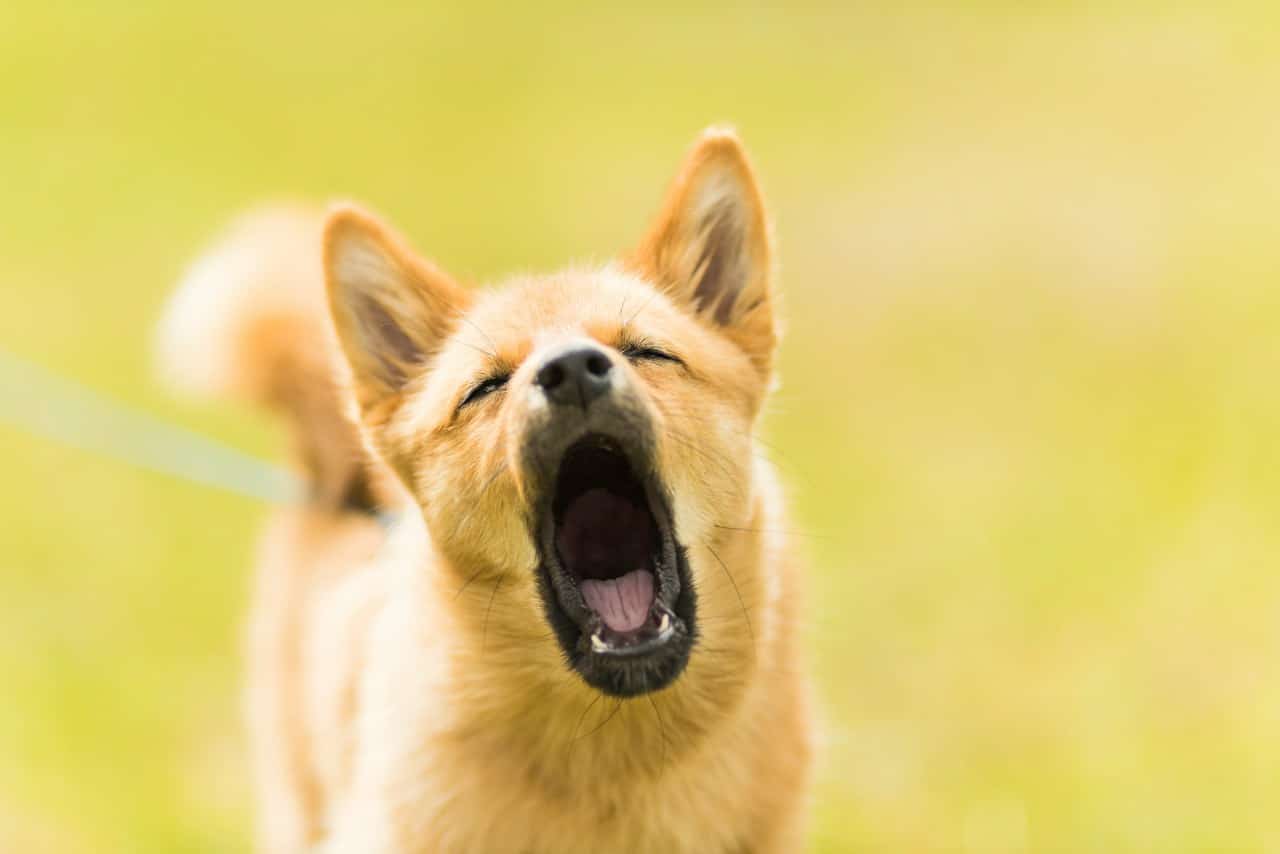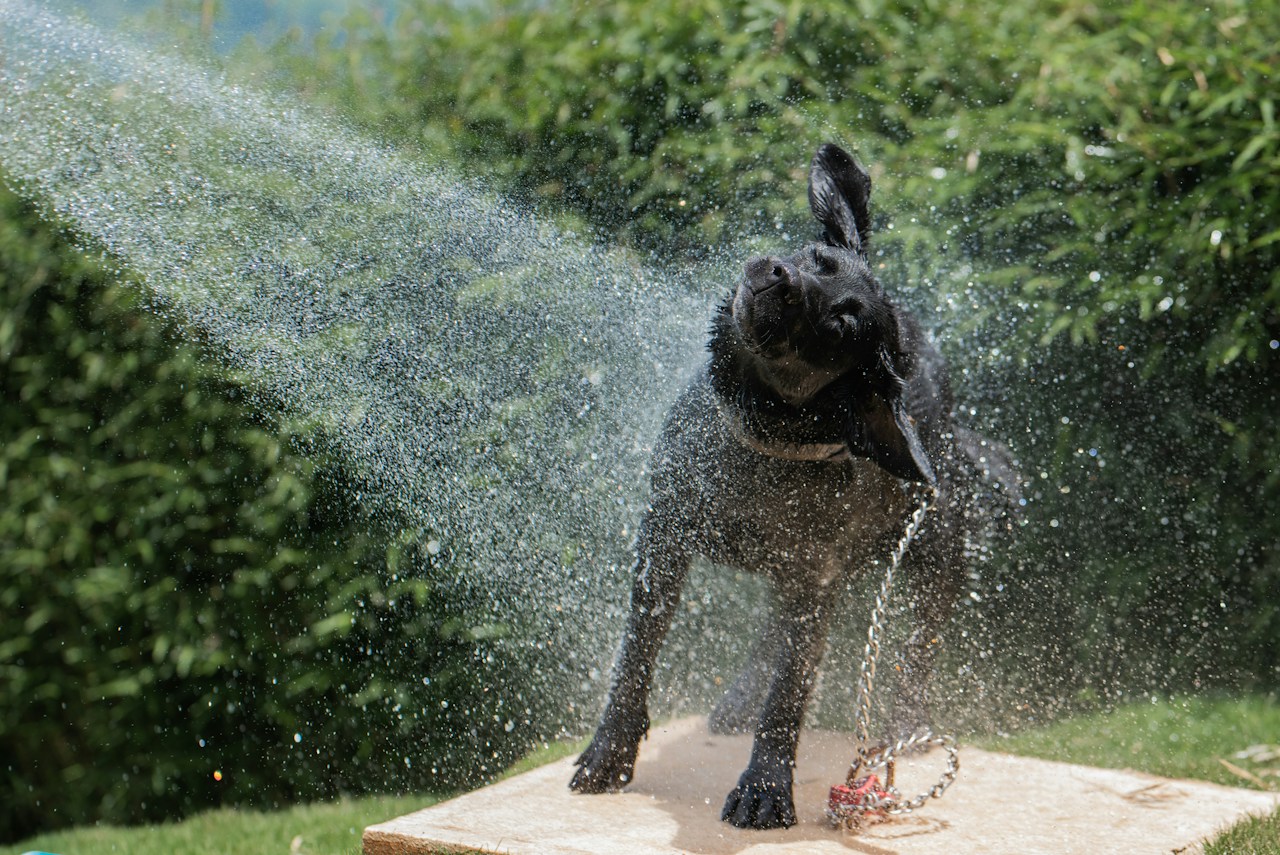All of us who live with a dog has had the opportunity to observe how our friend, completely asleep, begins to flap his paws as if he were running after a rabbit.
And this is exactly the most common interpretation of these movements, though the truth is that we only know it is the REM phase of sleep. Because, although it has been proven that dogs can dream, do we know what the content of their dreams is?
Dogs sleep like humans
Dogs have a very familiar sleep cycle, as it is like what human beings go through. Thus, it is possible to distinguish several stages, with many variations, that we can observe directly if we look at our dog. These are its features:
- Slow Wave Sleep: This is an extended period of light sleep. The body enters a state of relaxation and the brain slows down. Everything in the dog indicates this low activity for us. Thus, breathing is slow and the heart also slows down.
- Paradoxical dream: this phase is what interests us because in it the REM phase takes place, a short period of only a few minutes. Assumes a deep sleep, but not for the brain, which triggers its activity. Breathing accelerates, becomes irregular, and movements occur that we interpret as a dream.
- My dog moves when he sleeps
We understand the characteristic movements of the REM phase as a dog’s dream. Specifically, a dream to run and chase any prey or toy. But we need to know that these movements, which we can perfectly identify, are the result of the REM phase itself. Its development, which will take a few minutes, is as follows:
- Spasms or tremors in different parts of the body. Even the eyes can be opened.
- Leg movements as if it were a race.
- Various sounds including crying, barking, screaming, rumble, etc.
- Heavy breathing just like when the dog is really running.
- Do dogs dream like humans?
- Various scientific studies have been conducted to investigate the sleep of dogs. What has been proven is that they undergo electrical changes at the level of the brain exactly the same as those detected in humans during dreaming. In this respect, there are few differences between them and us.
Thus, if they go through the same processes and go through the same stages, it is not dangerous to say that, although they may not tell us in the morning, they have the ability to dream. In fact, for the dog the images he sees during sleep are assimilated to the real ones. In other words, for him it is as if he has really lived what he dreams of.
Fortunately, the brain has a mechanism to prevent it from executing actions. So you can dream of catching a ball without having to fall asleep to look for it. But the brain does not completely inhibit all activity, and the result is the movements we observe during REM. That they can dream seems confirmed. It remains to be seen what.
Dogs that dream more
Although all dogs have a REM stage and therefore the ability to dream, perhaps at one stage in their lives they dream more than others. This idea is based on the fact that normally more movements are recorded during the REM phase in puppies and older dogs.
It is believed that it is because the brain system that slows down this movement is still immature at an early age and, conversely, is affected by aging in older dogs, leading to more mistakes.
What is my dog dreaming about?
If we assume that the mechanism of sleep is similar between humans and dogs, it can also be thought that his dreams will be related to his daily activities and will collect elements that happened to him during the day, as well as other people or animals. . that he knows or events that he knows have made sense for some reason.
In fact, in studies carried out with rats that record modifications in the hippocampus, it has been found that in the phase corresponding to sleep they relived actions that they had carried out during the day, while they were fully awake. It is other information that helps confirm the type of dreams a dog can have.
Of course, it is likely that in the dog these dreams are made from the sense of smell, since it is the most developed in them. If we want to hypothesize about his most common dreams, we must adopt the canine perspective and think of them as more olfactory than visual. In any case, we do not know if when they wake up they remember that they have dreamed or what.
Why do dogs have nightmares?
Just as we think they have dreams, it is possible to assume that dogs will have nightmares. But it should be noted that the movements associated with the REM phase do not have to be synonymous with bad sleep. That is why it is not advisable to wake the dog at this stage.
What does seem certain is that those subjects subjected to severe stress situations sleep less time and suffer alterations in the sleep cycle. This will have repercussions on your potential dreams.
In any case, our dog must have a comfortable bed to rest, arranged in a place protected from inclement weather and, of course, we must respect his rest times. Also, seeing him sleep relaxed and experience the REM phase is an indication of well-being.
Article Source


